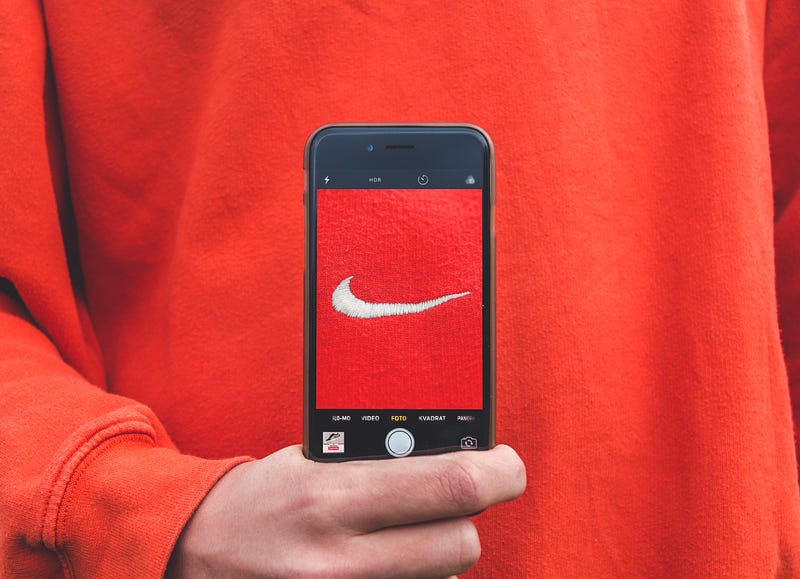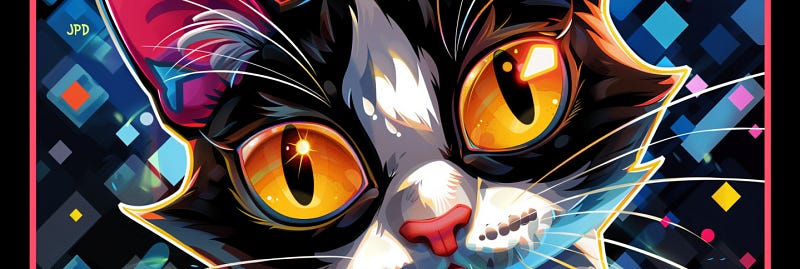Exploring Brand Logos in Generative NFT Artwork: A Legal Perspective
Written on
Chapter 1: Understanding Generative NFTs
Having been involved in the programming of approximately 150,000 NFTs, I've encountered a wide array of generative art scenarios. A recurring topic in nearly every project I've engaged with is the concerns surrounding copyright and intellectual property (IP) that arise when NFT artwork references established brands or intellectual property. I often raise this issue to safeguard my clients, and I believe I have saved them significant amounts in potential legal trouble.
Generative NFTs are constructed using layers. I have previously explored how generative NFT releases function, particularly regarding the artistic aspects, to assist NFT drop teams in managing their processes and enhancing their chances of success. It's common for these layers to allude to existing brands, as artists frequently do so.

Section 1.1: Legal Considerations in Art Creation
Consider this scenario: a character in generative art has a shirt layer. It’s quite instinctive for an artist to want to incorporate a pop-culture reference, perhaps a logo or a brand name, on that shirt.
In the offline realm, such actions may go largely unnoticed, even if they technically constitute infringement. For instance, the chances of an artist getting a takedown notice for selling a single painting at a roadside gallery in North Carolina are minimal, likely due to the discreet nature of such transactions.
Corporate legal departments vary significantly in their vigilance. For example, some brands like Siracha aren’t even trademarked, while others, like Disney, are notorious for aggressively pursuing even the most trivial uses of their IP. I've even heard of local bakeries refraining from drawing Mickey Mouse on cakes out of fear of legal repercussions from Disney.
However, the dynamics change dramatically once you bring something online, especially in a commercial context.
Generative NFT collections typically consist of around 10,000 PNG files, each priced between $150 and $1,000. This price range is enough to attract the attention of any corporate legal professional.
Moreover, generative works come with associated metadata. When you place a Nike swoosh on your character's shirt, the property and trait might be labeled as “SHIRT: Nike,” effectively advertising that you’re selling a product featuring their IP. This is a significant legal risk.
Chapter 2: Proactive Legal Engagement
Of course, transitioning from established logos to your own brand is not merely a matter of swapping out designs. Artists also enjoy referencing various iconic styles, clothing, and accessories. While some of this may exist in a legal gray area, I always encourage NFT teams to discuss these issues with a lawyer for tailored insights.
Though it may seem like an upfront cost (and it is), NFT brands can rapidly evolve from small projects to multi-million-dollar ventures almost overnight. Therefore, it’s wise to establish clear legal parameters early on.
Before I conclude, I want to share an exciting opportunity. If you're interested in some stunning 3D-rendered cats, the "I’m a Kitty Cat" NFT drops on January 24 at 7 PM CST. This project features the award-winning fur-modeling artist Massimo Righi, who also worked on the recent sellout "The Royal Cubs" NFT drop, which now has a floor price of around 0.25 ETH, whereas the Kitty Cats are minting at 0.07 ETH! I must disclose that I’m part of the development team for the Kitty Cats, but this only allows me to assure you of how fantastic these 3D cats truly are!
